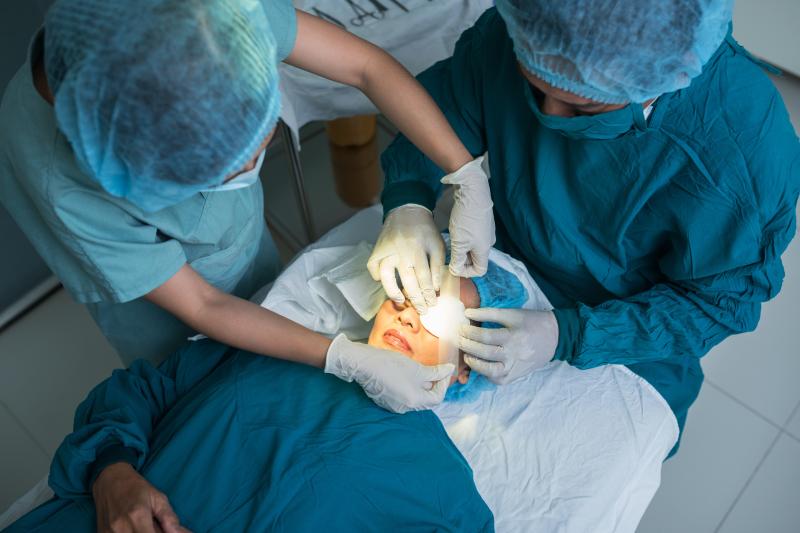
Ethnicity appears to play a role in the changes in intraocular pressure (IOP) following intravitreal dexamethasone implants, a recent study has found.
“South Asian and Latino population behaved similarly on all the parameters tested in the study. White population had lower risk of IOP rise compared to both the other groups on most of the parameters tested,” researchers said. “Studies including more population groups (African, East Asian) to better understand the differences regarding ethnic variation in IOP after implant are required.”
Researchers conducted a retrospective analysis of 294 patients with dexamethasone implants. The study sample included White (n=100; mean age, 67±10 years; 52 percent male), Latino (n=100; mean age, 67.6±13.3 years; 46 percent male), and South Asian (n=94; mean age, 66.2±14.2 years; 51 percent male) patients. IOP was measured using an applanation tonometer.
The percentage of participants with IOP >25 mm Hg at any point during follow up was 0 percent, 8 percent, and 9.5 percent in the While, Latino, and South Asian subgroups, respectively. An IOP spike of at least 10 mm Hg from baseline to any follow-up meeting was reported in 0 percent, 12 percent and 10 percent of the respective subgroups.
Similarly, Latino and South Asian patients were more likely to have very high IOP (>35 mm Hg) post-implant than their White counterparts (3 percent and 2 percent vs 0 percent).
Moreover, the mean maximum rise in IOP was greater in both Latino and South Asian patients than White participants (5.4±5.7 percent and 4.3±5.7 percent vs 1.1±2.6 percent), with the differences reaching statistical significance (p<0.0001 for both comparisons).